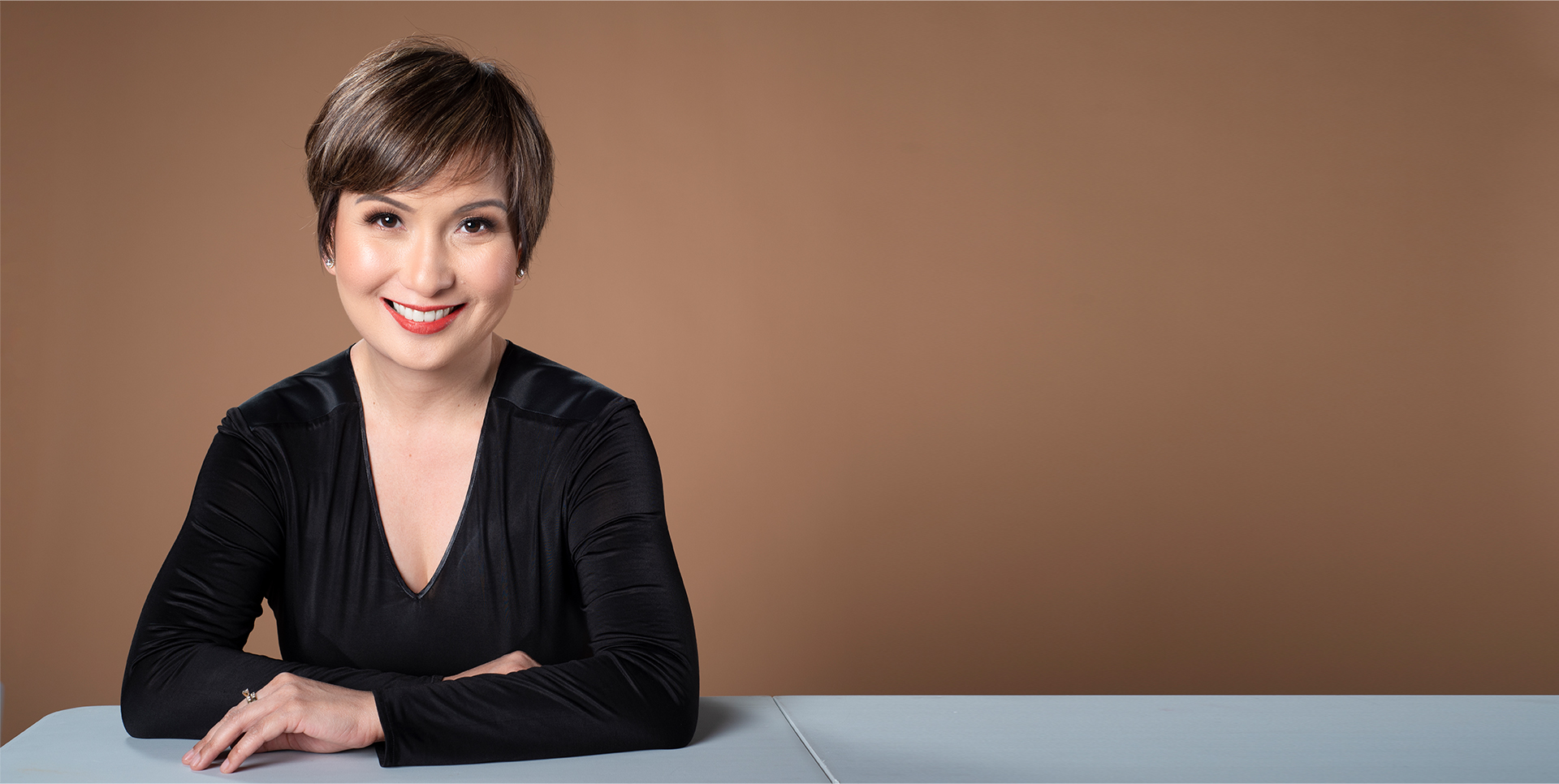The Minimalist Beauty Lifestyle that I recommend is about intentional living. It is about decluttering the mind and heart of negativity, hurriedness, and purposeless living and embrace a lifestyle of positivity, simplicity, and purposeful living. Emptying the mind and heart with so much baggage may take time. In fact, for some of us, it will take a lifetime.
But before we go into the deeper issues in life, let us start with the tangibles. Let us start decluttering our homes. Tidying expert, Marie Kondo says, “When we disperse storage of a particular item throughout the house and tidy one place at a time, we can never grasp the overall volume and therefore can never finish. To escape this negative spiral, tidy by category, not by place.”
When I got back from my schooling abroad, my first assignment was to declutter and organize my home. To be honest, I didn’t feel like doing it. I was lazy to go into each item in my closet, my small drawer, and my bags. Finally, I got the courage to do it and I will share that process in my future post.
Before you even attempt to organize the entire house, make sure you set aside time to do it. You don’t have to turn the house upside down in one day. As Marie says, do it one category at a time, one small area to a bigger area, or one room at a time. Then, as you start purging, you may feel a bit overwhelmed by the amount of work you have to do. Keep at it. It would help if you have someone like your husband, child or a friend help you sort things out.
Prepare four bins or boxes and label them as follows:
1. Trash
2. Donate/Give/Sell
3. Keep
4. Repair
What should be thrown immediately without even thinking about it?
Bedroom: Worn-out beddings and towels, broken or rusty hangers, expired and unused makeup and skin care products, worn out shoes and clothes, unused bags or wallets
Kitchen: Containers with no lids, expired food, broken appliances and electronics, expired medicines
Miscellaneous: Old receipts, broken or dried out pens, old newspapers and magazines, unimportant papers, old notebooks or planners, old CDs and DVDs, old batteries, toys kids no longer use, unfinished projects
These are items you can give, donate, or sell:
Usable dinnerware or cookware, books, clothing, shoes, bags, electronics that you don’t use, excess craft supplies, canned goods, extra beddings or usable towels
Remember, as you pick up an item, make sure to ask yourself these questions:
Do I really have to keep this?
Have I used it for the last six months?
Did I forget I own this?
Will I need it again?
If yes, you can keep it, have it repaired, or set it aside. If no, then throw it or give it away. Now, go back to the set-aside items and ask these next set of questions:
Am I willing to have it fixed?
Am I keeping this for sentimental reasons?
Am I keeping it because it costs a lot?
Do I have a similar item on hand?
Does it spark joy in me?
Could someone else put this in good use?
To be honest, it is not easy to let go of items with sentimental value or those that cost a lot. But if you are not using it and it’s gathering dust somewhere, then why keep it? Since you are letting go and making room for more, you have to decide whether to let go or make it useful again.
Holding on to these things may remind you of the people or a time in your life. But things cannot replace the person or the moment. You keep the people close to your heart and keep the memory alive forever.
Consider selling or donating an expensive item you keep. This might enrich someone else’s life. You don’t need to hang on to these things because of the cost. If it doesn’t add any value to your life, let go of it.
As you go through the process of decluttering, remember to keep things that add value to your life. If you hold on to that blouse or that coffee mug, does it spark joy in you? If it does, then keep it, as suggested by Marie Kondo. If it doesn’t, then that thing has accomplished its purpose in your life.
When I finally decluttered my closet, getting dressed every morning became easier. I now know what to wear and what will look good on me. I learned the clothes that will enhance my face and body features. I know how to choose outfits that will suit my body shape and the colors that would light up my face. I stopped buying on impulse and stopped hoarding. Because of this, I was able to save more money. Even if I have fewer clothes, I am confident that the ones I kept are the outfits that boost my confidence and radiate my inner glow.



